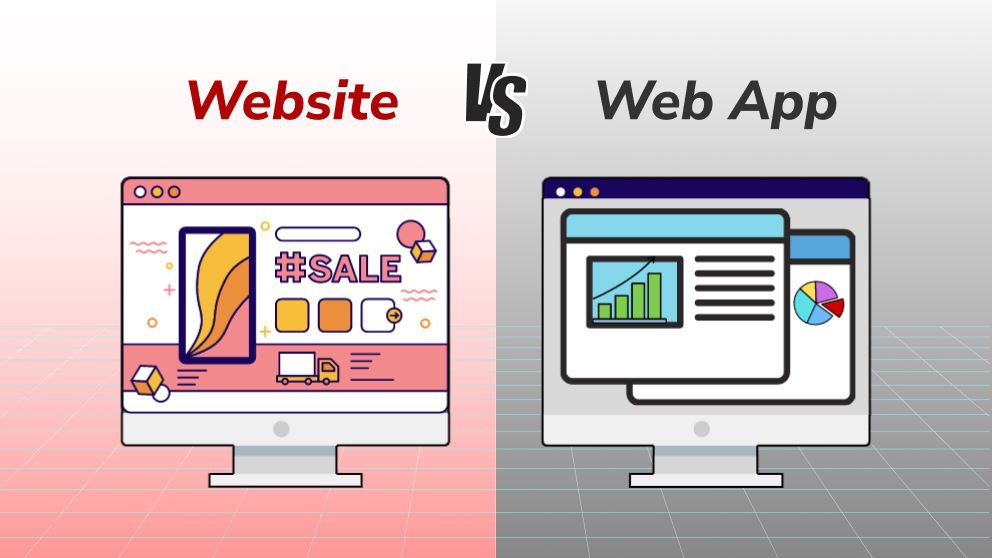In today’s interconnected world, businesses are expanding their reach across borders and engaging with clients from diverse cultural backgrounds. As a result, the demand for translating technical reports for global clients is on the rise. Companies are looking for professionals who can accurately convey complex technical information in a way that is easily understood by non-native speakers. In this article, we will explore the importance of translating technical reports for global clients and provide some tips on how to do it effectively.
The Importance of Translating Technical Reports
Technical reports are often filled with industry-specific jargon and terminology that can be difficult for non-native speakers to understand. When these reports are not translated accurately, there is a risk of miscommunication and misunderstanding, which can have serious consequences for businesses. By translating technical reports for global clients, companies can ensure that their messages are clear and easily accessible to a wider audience.
Challenges of Translating Technical Reports
Translating technical reports presents unique challenges that require a deep understanding of both the technical content and the target language. Translators must not only be proficient in the relevant technical field but also have a strong command of the language they are translating into. They must be able to accurately convey complex ideas and concepts while maintaining the integrity of the original text.
Tips for Effective Translation
1. **Understand the Technical Content**: Before translating a technical report, make sure you have a solid understanding of the subject matter. Familiarize yourself with industry-specific terms and concepts to ensure accurate translation.
2. **Use Glossaries and Style Guides**: Create glossaries and style guides to maintain consistency throughout the translation process. This will help ensure that technical terms are translated consistently and accurately.
3. **Consider Cultural Nuances**: Be mindful of cultural nuances and differences when translating technical reports for global clients. What may be considered appropriate in one culture may not be in another, so it’s important to consider cultural sensitivities during the translation process.
4. **Review and Proofread**: Once the translation is complete, be sure to review and proofread the document carefully. Look for any errors or inconsistencies and make any necessary revisions before delivering the final report to the client.
Conclusion
Translating technical reports for global clients is a critical aspect of doing business in today’s global marketplace. By ensuring that technical information is accurately translated and easily understood by non-native speakers, companies can effectively communicate with clients from diverse cultural backgrounds and expand their reach in the global market. By following the tips outlined in this article, translators can deliver high-quality translations that meet the needs of their global clients.



